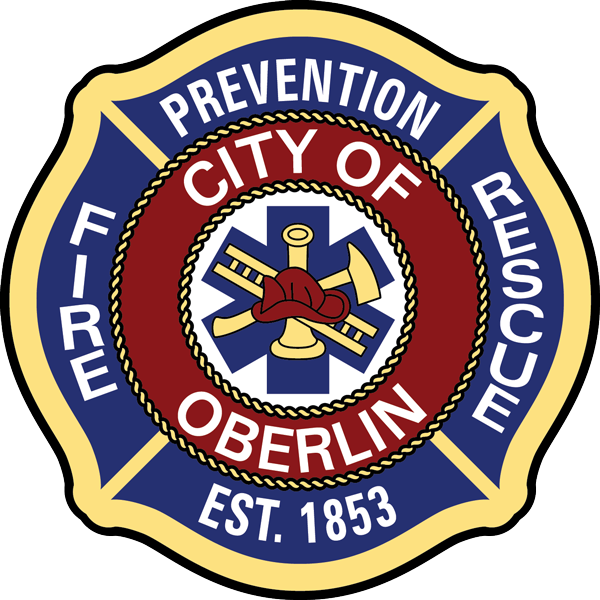Smoke Alarms – A Sound You Can Live With!
This information provided courtesy of the National Fire Protection Association.
Smoke alarms are not new. The technology has been around since the 1960s. The single-station, battery-powered smoke alarm, similar to the one we know today, became available to consumers in the 1970s. NFPA estimates that 93% of U.S. homes have at least one smoke alarm. They save so many lives that most states have laws requiring them in residential dwellings.
Still a Major Problem
Although 13 of every 14 homes have at least one smoke alarm, almost half of homes fires and three-fifths of all fire deaths occur in those homes with no alarms. Thousands of people still die each year in home fires where smoke alarms are not present.
In addition, there are now more homes with smoke alarms that do not work than homes with no alarms at all. These poorly maintained units create a false sense of security among occupants. Approximately one-third of homes with smoke alarms that experience fires have units that are not working. Tragically, the grave importance of installing and maintaining smoke alarms has not yet been fully realized. Most people who die in home fires are not in the room where the fire starts. Working smoke alarms alert people to the presence of fire and give them time to escape in a situation where minutes can mean the difference between life and death.
Working Smoke Alarms Save Lives
By properly installing, regularly testing and maintaining your alarms, you can decrease your chance of dying by nearly 50%. Make sure that you buy only those alarms that bear the mark of an independent testing laboratory. Some alarms operate using an “ionization” sensor while others use a “photo-electric” sensor. An ionization alarm uses an extremely small quantity of radio-active material to make the air in the alarm chamber conduct electricity. Smoke from a fire interferes with the electrical current and triggers the alarm. A photoelectric alarm uses a tiny light source shining on a light sensitive sensor. The alarm is triggered when smoke from a fire interferes with the light. All tested and labeled smoke alarms offer adequate protection if they are properly installed and maintained.
Installation of Alarms
The majority of fire deaths occur at night when people are asleep. NFPA’s National Fire Alarm Code (NFPA 72) says that homes should have a working smoke alarm on each level of the home, including the basement, and outside of each sleeping area. On floors without bedrooms, smoke alarms should be installed in or near living areas, such as family rooms and living rooms. New homes are also required to have a smoke alarm in each sleeping area.
In new homes, the National Fire Alarm Code requires hard-wired, interconnected alarms, so that if one alarm is activated, all alarms will sound the alarm signal. Alarms that are hard-wired into the home electrical system should be installed by a qualified electrician. If your alarm plugs into a wall outlet, make sure it has a restraining device to keep its plug from being pulled out. Never connect a alarm to a circuit that could be turned off at a wall switch.
Since smoke and deadly gases rise, alarms should be placed on the ceiling at least 4-inches from the nearest wall, or high on a wall at least 4 to 12 inches from the ceiling. This clearance is important to keep alarms out of possible “dead-air” spaces. Do not install alarms near windows, doors or a fireplace because drafts could detour smoke away from the unit.
Recommended Maintenance
- Test your alarm once a month to insure operating condition.
- Follow the manufacturer’s instructions for cleaning or protecting from dust. Do not paint a unit
- Minimize “nuisance” or false alarms by cleaning regularly.
- Evaluate your alarm placement if false alarms persist. Cooking vapors and steam can set off a alarm. Try moving the unit further away from the area.
Smoke Alarms – A Wise Investment
Contrary to popular belief, the smell of smoke may not wake a sleeping person. Instead, the poisonous gases and smoke produced by a fire can numb the senses and put one into a deeper sleep.
A battery-operated smoke alarm retails for less than $10. Some alarms with extra features can cost up to $25. Batteries cost $1 to $2 depending on the brand. A hard-wired smoke alarm cost $12 – $15.
